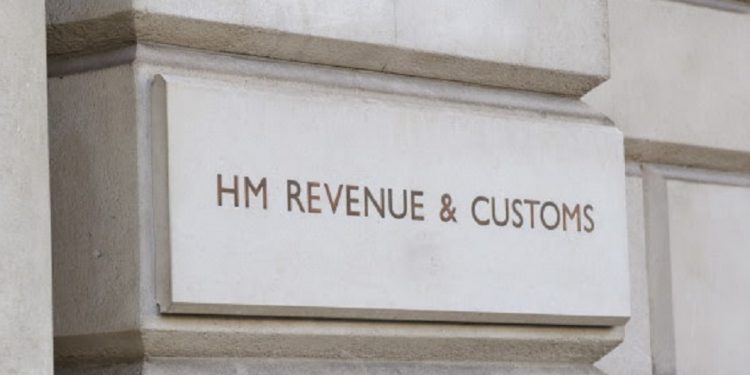What we know about furlough leave and the CJRS

Register to get 1 free article
Reveal the article below by registering for our email newsletter.
Want unlimited access? View Plans
Already have an account? Sign in
HMRC published details of the Coronavirus Job Retention Scheme (CJRS) on 26.3.20 which are available here:
https://www.gov.uk/guidance/claim-for-wage-costs-through-the-coronavirus-job-retention-scheme
Key points include:
Employees that employers can claim CJRS for
- For the purposes of CJRS, the definition of employee would include workers and agency workers provided they are subject to PAYE i.e. this will also potentially include zero hour workers/employees.
- The CJRS only applies to employees who were employed on or before 28 February 2020.
- Where an employee is working, but on reduced hours, or for reduced pay, they will not be eligible for CJRS
- Essentially any employee on the PAYE payroll on or before 28 February 2020 regardless of employment status. This will include agency workers and zero hour employees and workers.
- Employees on sick leave will continue to get Statutory Sick Pay and employees on statutory parental leave, such as maternity leave will continue to get statutory parental pay, but can be furloughed after this.
What employees will receive
- Employees will receive 80% of their salary (less the usual income tax and NI deductions) up to a cap of £2,500
- Employees that have more than one employer can be furloughed for each job. Each job is separate, and the cap applies to each employer individually.
Full time and part time employees
- For salaried employees (whether full or part-time), the employee’s actual salary before tax, as of 28 February should be used to calculate the 80%. Fees, commission and bonuses should not be included.
Employees whose pay varies
If the employee has been employed (or engaged by an employment business) for a full twelve months prior to the claim, employers can claim for the higher of either:
- the same month’s earning from the previous year
- average monthly earnings from the 2019-20 tax year
If the employee has been employed for less than a year, employers can claim for an average of their monthly earnings since they started work.
If the employee only started in February 2020, employers should use a pro-rata for their earnings so far to claim.
Employees that are paid the National Minimum Wage
The HMRC guidance confirms that Individuals are only entitled to the National Living Wage (NLW)/National Minimum Wage (NMW) for the hours they are working.
Therefore, furloughed workers, who are not working, must be paid the lower of 80% of their salary, or £2,500 even if, based on their usual working hours, this would be below NLW/NMW.
However, if workers are required to for example, complete online training courses whilst they are furloughed, then they must be paid at least the NLW/NMW for the time spent training, even if this is more than the 80% of their wage that will be subsidised.
Please note the increase in the NMW rates from April 2020.
What employers can claim and how to claim CJRS
- Employers can apply for 80% of the employees’ employment costs PLUS an additional amount for Employer National Insurance contributions and minimum automatic enrolment employer pension contributions on that wage. The employer automatic enrolment pension contributions are 3% of income above the lower limit of qualifying earnings (which is £512 per month until 5th April and will be £520 per month from 6th April 2020 onwards).
- Employers can apply for CJRS through an HMRC online portal (which is yet to be set up and which should be in place by the end of April 2020). Eligible businesses are those that created and started a PAYE payroll scheme on or before 28 February 2020 & have a UK bank account.
- The CJRS will be a grant and not a loan i.e. employers will not have to pay back the grant to HMRC during better times.
- The CJRS grants will be backdated to 1 March 2020 for an initial period until 31 May 2020, although the government may extend this if necessary
- Applications for CJRS will be through an HRMC online portal. The aim is that this will be completed by the end of April 2020.
- It would appear that employers are not required to prove to HMRC when designating furloughed workers that they are unable to provide those workers with work, or that the employer would otherwise need to make redundancies (unless further details are provided by HMRC to state otherwise).
The effect of furlough leave on continuity of employment
- Being placed on furlough leave will not break continuity of employment (it is a ‘temporary cessation of work’ that preserves continuity). Designated furlough workers will continue to accrue statutory rights (and contractual rights, unless negotiated otherwise, or employer relying on relevant contractual clause to disapply)
Unanswered Questions
There are still of course many unanswered questions around furlough leave and the CJRS and we will need to await further more detailed gov guidance to answer these. Just a few of the unknown points that spring to mind are:
- What are ‘wages’ for the purpose of the furlough scheme? E.g. what about car allowances? We know from the HMRC guidance published on 26 March 2020 that wages don’t include “fees, commission and bonuses” but
- Whilst it has been confirmed that those already on sick leave at the point that employees are designed for furlough leave will remain on furlough, it is uncertain whether an employee who is on furlough leave would have to drop down to the lower rate of statutory sick pay if they fall ill or have to self-isolate.
- How to select employees (that employer will not offer work to) for furlough. This will be at employer’s discretion e.g. vulnerable workers that are required to follow more rigorous social distancing, pregnant employees
- Whether employees can take annual leave whilst on furlough. I don’t see any reason why not, but there will be little financial incentive to do so, as holiday pay would be paid at 80% of normal wages. Employers may not wish to grant holiday requests outside furlough leave, particularly if alternating groups of employees on and off furlough leave (with minimum of 3 weeks on furlough leave).
- However, where employees request holiday outside furlough leave, employers should consider requests in the usual way i.e. according to business needs and where requests are declined, mutual trust and confidence should be preserved.
- Genuine zero hour employees, where there is no obligation to provide work: Where they are on the PAYE pay roll, they are in scope for the Scheme regardless of employment status, but the employer can presumably refuse to furlough them, as no obligation to provide work where the zero hour contract reflects the reality of the working relationship (please see the clause in the template Furlough Leave letter which deals with this point in respect of zero hour contracts).
Markel Law LLP
Interchange, 81-85 Station Road, Croydon CR0 2AJ
www.markellaw.co.uk







